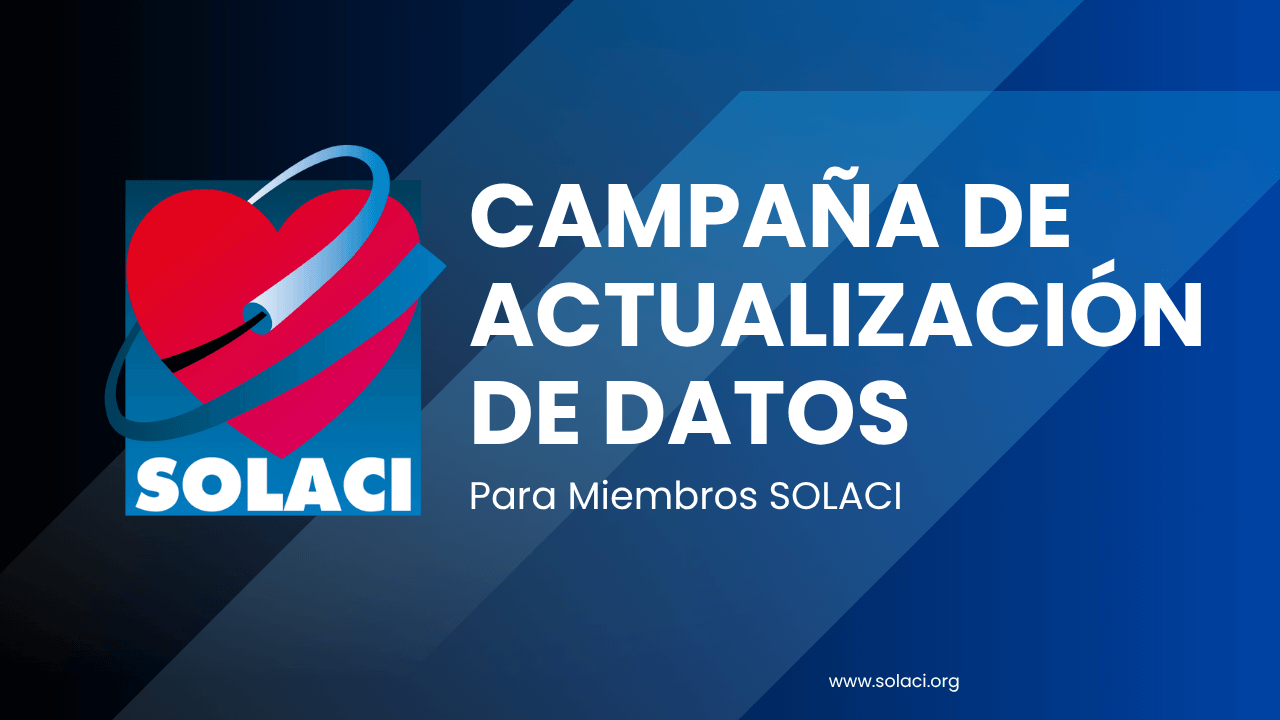Chronic thromboembolic pulmonary hypertension (CTEPH) is a highly limiting condition that, despite its moderate incidence, significantly impacts patient prognosis and quality of life. The natural progression of the disease is characterized by microvascular remodeling, which progressively increases pulmonary vascular resistance, thus leading to right heart failure and, if untreated, death.

The International CTEPH Association conducted a first registry (2007-2012) that included 679 patients from Europe and Canada. This study showed that patients who underwent pulmonary endarterectomy (PEA) had better three-year survival compared to those who were not treated surgically.
Since then, there have been advancements in medical therapies and mechanical procedures for the treatment of CTEPH. In 2013, guanylate cyclase stimulator Riociguat was approved and, simultaneously, balloon pulmonary angioplasty (BPA) began gaining traction in Japanese centers and then in other parts of the world.
A new registry was established to assess the impact of these advancements and gather current clinical characteristics, diagnosis, and treatment, as well as to evaluate survival and post-treatment experience. This registry included 1009 patients from February 2015 to September 2016, with data from 34 specialized pulmonary hypertension (PH) centers across 20 countries. Patients included were diagnosed via right heart catheterization, with a mean pulmonary pressure ≥25 mmHg and pulmonary capillary pressure ≤15 mmHg, and with pathological results on V/Q scanning or on CT or digital subtraction pulmonary angiography confirming thromboembolic disease.
Of all patients included, most were from European centers (n=697), Japan (n=114), and the United States (n=44). The average age at diagnosis was 63 years, and 48% of patients were men. The average time from symptom onset to diagnosis was 15 months, and from diagnosis to intervention, 3 months. Mean pulmonary artery pressure (mPAP) was 44 mmHg, and pulmonary vascular resistance (PVR) was 643 dyn/s/cm.
In the global cohort, 60% of patients were treated with PEA, 18% with BPA, and 22% with medical therapy alone (with Riociguat). In Japan, the scenario was different, with 68% of patients treated with BPA. Among those who underwent BPA, 63% were already on specific pharmacological therapy, as opposed to 25% of those treated with PEA. The 185 patients who underwent BPA required a total of 908 sessions, with an average treatment duration of 192 days.
Hemodynamic repercussions were evaluated through catheterization three months after the intervention, showing a similar reduction in PVR for both BPA (59%) and PEA (57%). However, nearly 50% of patients still exhibited persistent PH with both mechanical strategies.
The in-hospital and 30-day mortality rate was 3.2% for PEA and 1.1% for BPA. In 4.5% of all PEA cases, patients required the use of V-A ECMO. The procedure volume of centers was not significantly associated with mortality (2.5% in high-volume centers and 4.5% in low- or medium-volume centers).
Read also: TCT 2024 | TRISCEND II: A New Hope in Percutaneous Tricuspid Valve Replacement.
Complications observed during BPA sessions included hemoptysis (7%), lung injury (6%), need for non-invasive ventilation (2%), and requirement for intubation (0.2%). At one-year follow-up, 43% of patients treated with BPA continued on PH therapy, compared with 14% of those treated with PEA.
At 3.1 years of follow-up, there were 123 deaths (71 related to PH). Survival rates were 94% for patients with PEA, 92% for those treated with BPA, and 71% for those who did not receive mechanical treatment. Factors associated with lower mortality in PEA included younger age, history of deep vein thrombosis, and lower pre- and post-intervention PVR levels. For BPA, factors that improved survival included lower right atrial pressure, better functional class, and the use of chronic oxygen therapy.
Conclusions
The global CTEPH registry, which includes the use of Riociguat and mechanical therapies such as endarterectomy and balloon angioplasty, demonstrates excellent outcomes in terms of survival.
Original Title: Worldwide CTEPH Registry: Long-Term Outcomes With Pulmonary Endarterectomy, Balloon Pulmonary Angioplasty, and Medical Therapy.
Referencia: Delcroix M, Pepke-Zaba J, D’Armini AM, Fadel E, Guth S, Hoole SP, Jenkins DP, Kiely DG, Kim NH, Madani MM, Matsubara H, Nakayama K, Ogawa A, Ota-Arakaki JS, Quarck R, Sadushi-Kolici R, Simonneau G, Wiedenroth CB, Yildizeli B, Mayer E, Lang IM. Worldwide CTEPH Registry: Long-Term Outcomes With Pulmonary Endarterectomy, Balloon Pulmonary Angioplasty, and Medical Therapy. Circulation. 2024 Oct 22;150(17):1354-1365. doi: 10.1161/CIRCULATIONAHA.124.068610. Epub 2024 Sep 17. PMID: 39286890.
Subscribe to our weekly newsletter
Get the latest scientific articles on interventional cardiology





